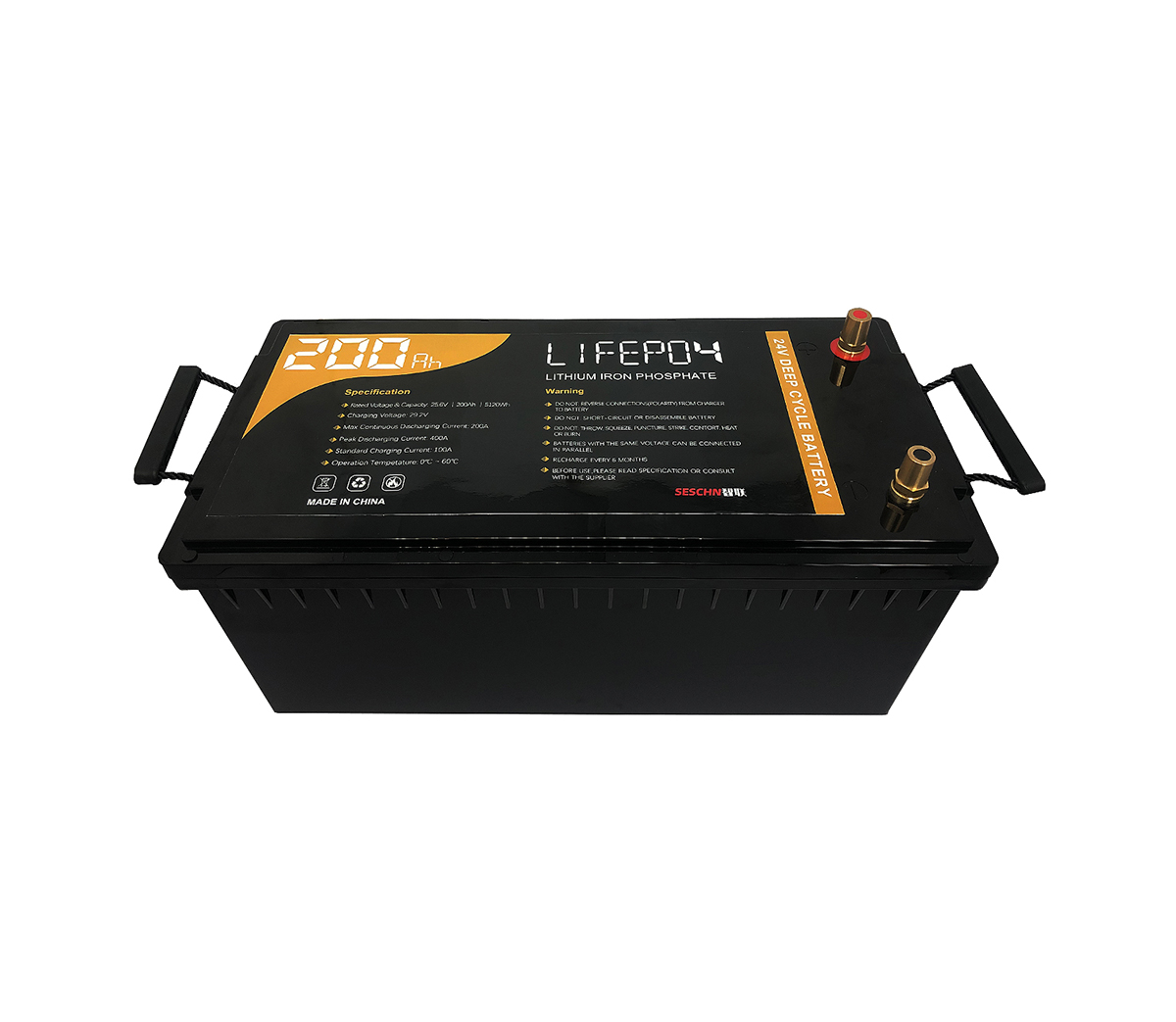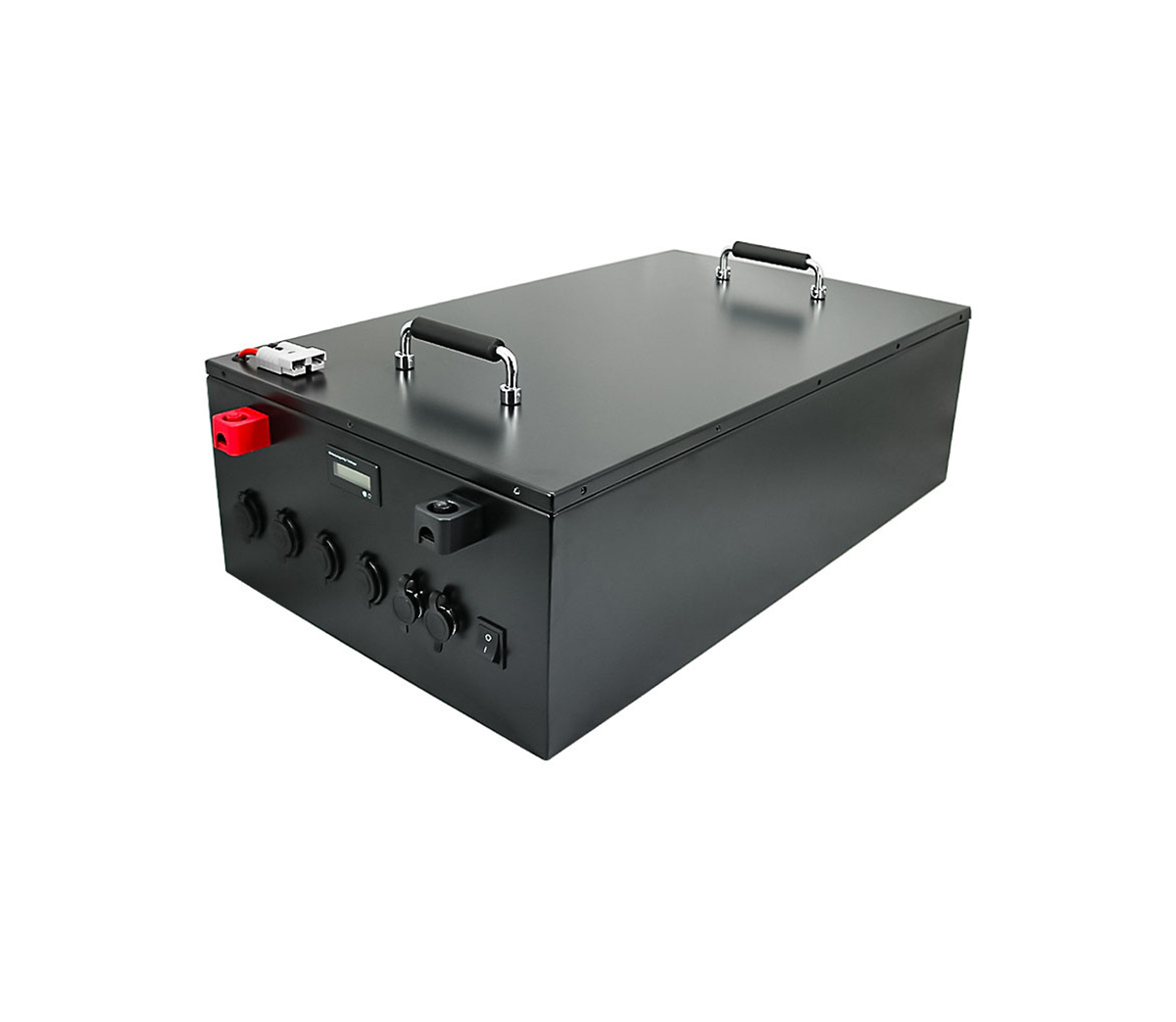New progress in research and development of polymer electrolyte materials
for power batteries
The biggest potential safety hazard of power batteries is battery thermal
runaway. Qingdao Institute of Bioenergy and Processes, Chinese Academy of
Sciences Qingdao Institute of Energy Storage Industry Technology has achieved a
stage in developing a high-safety polymer electrolyte material system for power
batteries to solve this safety problem. Progress, and is rapidly advancing its
industrialization process.
The biggest potential safety hazard for power batteries is battery thermal
runaway. Qingdao Institute of Bioenergy and Processes, Chinese Academy of
Sciences Qingdao Institute of Energy Storage Industry Technology has achieved a
stage in developing a high-safety polymer electrolyte material system for power
batteries to solve this safety problem. Progress, and is rapidly advancing its
industrialization process. With the global energy shortage and environmental
pollution increasing, vigorously developing new near-zero emission vehicles
represented by pure electric vehicles is one of the development strategies
determined by the country. Efficient, safe, and reliable power batteries are the
bottleneck restricting the new near-zero emission automobile industry, and it is
also one of the "shortcomings" of new energy vehicles. The biggest potential
safety hazard of power batteries is battery thermal runaway. Qingdao Institute
of Bioenergy and Processes, Chinese Academy of Sciences Qingdao Institute of
Energy Storage Industry Technology has achieved a stage in developing a
high-safety polymer electrolyte material system for power batteries to solve
this safety problem. Progress, and is rapidly advancing its industrialization
process. The existing liquid electrolyte system for lithium-ion batteries
cannot meet the requirements of power batteries for high energy, high power, and
safety. The R&D team of Qingdao Energy Storage Industry Technology Research
Institute put forward the R&D idea of "Rigid and Flexible" and developed a
series of new polymer electrolyte systems, which solved the above-mentioned
bottleneck problems and greatly improved the safety performance. "Rigid and
flexible" is the use of "rigid" framework materials, such as polyimide, aramid,
polyaramide, glass fiber and cellulose (NanoEnergy, 2014, 10, 277-287;
SolidStateIonics, 2013, 245- 246,49-55; 232,44-48; Journal of the
Electrochemical Society, 2013, 161, A1032-A1038; Progress in Polymer Science,
2015, 43, 136-164) non-woven materials to improve the mechanical properties and
dimensional thermal stability of the battery; use "soft" Ion transport
materials, such as polyethylene oxide (PEO), polyvinylidene
fluoride-hexafluoropropylene (PVDF-HFP), polymethyl methacrylate (PMMA),
cyanoacrylate and polypropylene carbonate (PPC) ), etc., endows excellent ion
conductivity and interface stability, and achieves a win-win effect through the
"combination", that is, the combination of two or more materials, and achieves a
substantial increase in overall performance, thereby meeting the requirements of
power batteries. Respect the nature and cherish the material, and adopt the
natural method. This research explores the "rigid and flexible" composite
polymer electrolyte system to realize the unity of opposites between rigid and
flexible to achieve mechanical strength, heat resistance, potential window,
interface stability and ionic conductivity, etc. Comprehensive performance
improvement. Figure 1 is the design concept of "Rigid and Flexible" Gel Polymer
Electrolyte. Although the traditional vinylidene fluoride system has the
advantages of high stability and higher potential window, its ionic conductivity
is low, and its mechanical strength and thermal stability in the wet state are
very poor. In order to improve the traditional vinylidene fluoride system The
properties of the gel polymer electrolyte, the research team used it and
polyimide and polysulfone amide and other non-woven materials nano-scale
composite, rigid and flexible, integrated, improve the dimensional thermal
stability and mechanical strength, to achieve its Comprehensive performance
improvement (Journal of the Electrochemical Society, 2013, 160, A769-A774;
Macromolecular Materials and Engineering, 2013, 298, 806-813;
ACSAppl.Mater.Interfaces, 2013, 5, 128-134); in response to the problem of low
lithium ion migration coefficient, a new type of Mono-ion polymer lithium borate
as a surface enhancement material (CoordinationChemistryReviews,2015,292,56-73;
JournalofMaterialsChemistryA,2015,3,7773-7779) to improve its ion migration
number and compatibility, "hardness and flexibility, complement each other"
Improve the overall performance of the battery system. The traditional
polyacrylonitrile polymer electrolyte has the advantage of higher ionic
conductivity, but the physical properties are relatively brittle and the
processing performance is not good. The R&D team uses a new type of polymer
electrolyte matrix (ACSAppl.Mater.Interfaces, 2015, 7, 4720- 4727;
Electrochim.Acta2015,157,191-198;
Electrochem.Comm.DOI:10.1016/j.elecom.2015.10.009), combined with the "rigid and
flexible" design concept, to achieve comprehensive performance such as
processing performance of nitrile polymer electrolyte The promotion. Gel polymer
batteries play an important role in improving the safety of power batteries, but
still use a small amount of volatile and combustible carbonate solvents. There
are still certain safety hazards when used under high temperature or extreme
conditions. It fully meets the demanding requirements of electric vehicles for
power lithium batteries in terms of high energy and safety performance.
Therefore, the development of a new high-safety all-solid-state electrolyte
system is of great significance for improving the comprehensive performance of
high-energy-density power lithium batteries. In view of the lower potential
window and poor dimensional thermal stability and mechanical strength of the
traditional PEO system, the researchers used high-potential cyanoacrylate as the
material to increase the potential window; at the same time, the thermosetting
cellulose non-woven film was used as the material Rigid framework, providing
dimensional thermal stability and partially improved mechanical strength,
developed a high-safety all-solid polymer electrolyte with high mechanical
strength, wide electrochemical window and good dimensional thermal stability.
Related research results have been published in international journals (
ScientificReports, 2014, 4, 6272). Aiming at the bottleneck problem of PEO’s low
room temperature ionic conductivity, researchers based on the scientific problem
itself, starting from the molecular structure that affects ion conductivity,
combined with the multi-scale mechanism of ion transmission mechanism and
kinetic transmission, designed an amorphous Polycarbonate-based room temperature
all-solid polymer electrolyte. After characterization, it is found that the room
temperature conductivity of this all-solid polymer electrolyte can reach the
order of 10-4S/cm, the electrochemical window is 4.6V, the rate performance is
better, and the room temperature long cycle is 1000 The loop capacity retention
rate is 90%. Related research results were published in international journals
(AdvancedEnergy Materials, DOI: 10.1002/aenm.201501082). The all-solid-state
polymer lithium battery prepared by the research team verified its safety
performance by acupuncture test (Figure 3). Through testing, it was found that
the assembled 6Ah large-capacity ternary system all-solid-state polymer lithium
battery showed excellent safety performance. After four times of acupuncture,
the all-solid-state lithium battery did not catch fire or explode. This is a
traditional liquid lithium battery. Unmatched. This once again proves the
advantages of the "rigid and flexible" electrolyte system in improving the
safety performance of high energy density lithium batteries. Qingdao Energy
Storage Research Institute has adopted the electrolyte design concept of "rigid
and flexible" to achieve a series of progress in the development of key
materials for high-energy-density polymer electrolyte batteries, and cooperated
with Zhongtian Technology to develop large-capacity and high-safety power or
storage The industrialization technology of single battery (energy density up to
300Wh/kg) can be used to jointly promote the industrialization of high-energy,
high-safety all-solid-state power batteries. At the same time, the R&D team
has applied this design concept to actively explore the development of a new
generation of ultra-high energy density lithium-air secondary batteries, and
gratifying progress has been made.


































